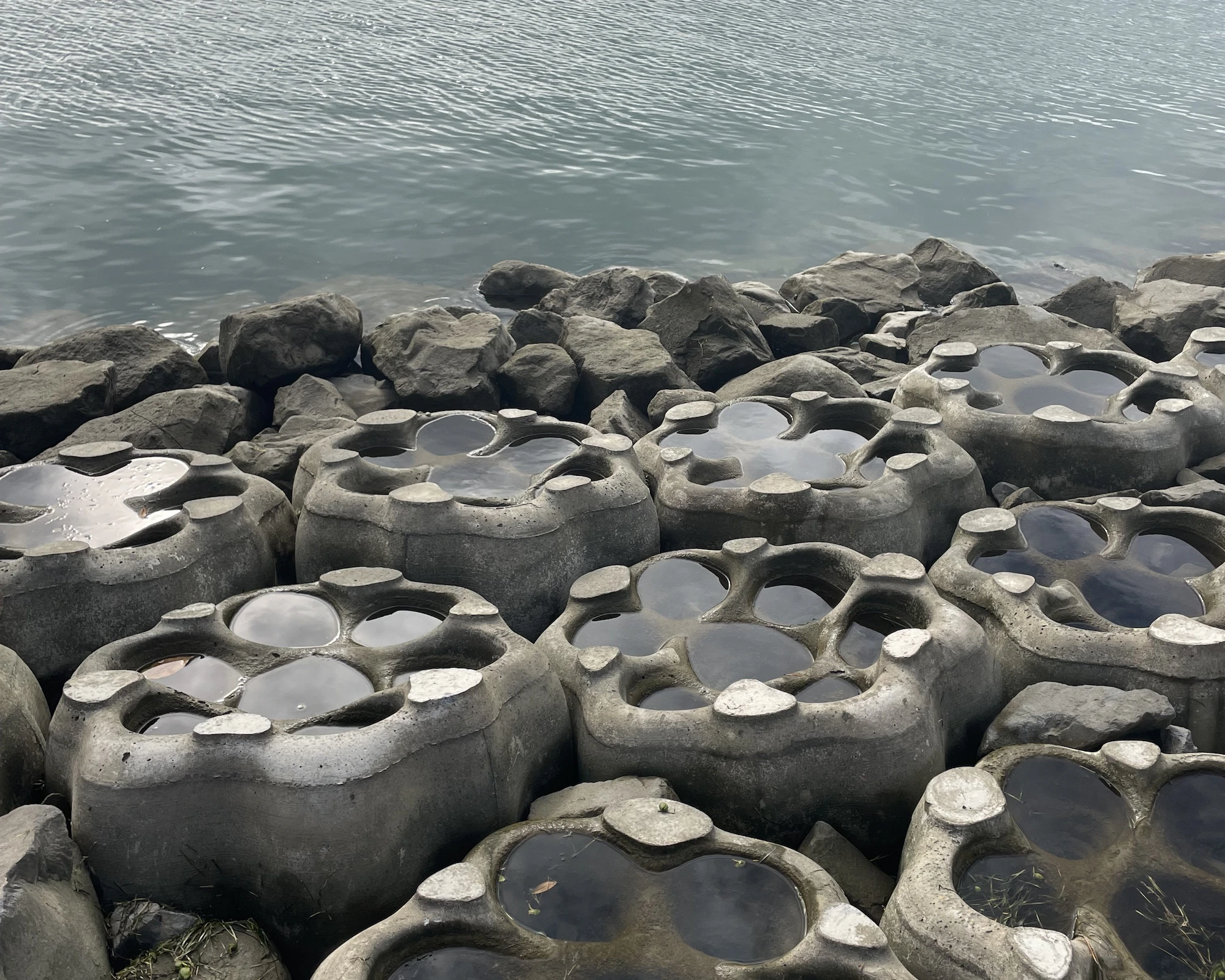Getty Images
Authors
- Xinyu Fu
Senior Lecturer of Environmental Planning, University of Waikato - Iain White
Professor of Environmental Planning, University of Waikato - Rob Bell
Teaching Fellow, Environmental Planning Programme, University of Waikato - Silvia Serrao-Neumann
Associate Professor of Environmental Planning, University of Waikato
Despite countries pouring billions of dollars into “protecting” communities, flood-related disasters are becoming more frequent and are projected to become even more severe as the climate crisis worsens.
In fact, many areas that flooded during recent extreme weather events, from Auckland to Henan in China, were deemed to be relatively safe. This should raise an obvious question: to what extent is our existing approach fit for purpose in a changing climate?
Traditionally, managing flooding has relied heavily on building higher levees or increasing the capacity of drainage systems. But this can be a mixed blessing. While they contain water most of the time, when levees or drains exceed their original design capacity, we experience damaging floods.
These technical solutions have tended to operate on a flawed assumption that future flooding can be reliably predicted based on decades of historical flood data. They also create the “levee effect” – a false sense of security that encourages development in still risk-prone areas.
As climate change brings unpredictable rainfall patterns and higher intensities, these historic design assumptions are falling well short of the realities. And it means there remains a “residual risk”, even when infrastructure improvements have been made or planned for.
Red tape and risk

Residual risk: the January 2023 flood in Auckland caused huge damage, but even improved protection may not be enough. Getty Image
We can use the analogy of wearing a seat-belt to understand residual risk. The belt will reduce harm in case of an accident, but it does not mean you are entirely protected from injury.
Now imagine road conditions and weather are gradually worsening, and traffic volumes increasing. Some might look at the new risk and decide not to drive, but for those already on the road it is too late.
Most countries are still managing floods just like this: sometimes building higher levees or installing bigger pipes. But development often occurs incrementally, without the strategic investment needed or the room to safely store excess water volumes in urban areas when failure occurs.
Housing development is needed, but too often current (let alone future) flood risk is not adequately considered. Planning controls, or additional infrastructure costs, are routinely referred to as “red tape” that raises costs. As a result, recovery costs are ongoing and residual risk gradually rises.
Weather-related disasters in 2023, including Cyclone Gabrielle in New Zealand and wildfires in the northern hemisphere, have led to a new focus on understanding how residual risk is managed. But whether it is even acknowledged or incorporated in planning policy varies from country to country.
National strategy missing

Pressure for more housing and less red tape can mean too little focus on residual risk of flooding. Getty Images
Our research team from the University of Waikato recently undertook a survey with flood risk practitioners in New Zealand to shed some light on this.
New Zealand has little in the way of national-level guidance on managing flood risk. Despite this, survey responses suggest flood risk professionals are aware of the issue. They agree residual flood risk is increasing, mainly due to climate change and ongoing development in flood-prone areas currently designated as “protected”.
They also agree the current practice of flood risk management needs improving. But there are several barriers, with the lack of a clear national directive on managing flood risk being the most notable in our survey.
Several respondents noted that changing risk management practice is difficult, given the existing institutional framework. This includes the “build more levees” approach to flood planning.
Local governments also vary in their capacity and resources. Many small councils lack quality flood risk information, such as the likely impact of climate change, which is critical for making wise land-use decisions.
As a result, housing and other developments are continuing in risky places. And to keep development costs down, infrastructure is not being systematically upgraded.
Planning for residual risk
We expect the New Zealand experience reflects similar trends elsewhere. Practitioners are aware of the growing threat of residual risk and would like more power to manage it. But there is a lack of urgency and resources to upgrade infrastructure. And there is political pressure to enable more housing and reduce red tape.
If these patterns persist, not only will the impacts from future floods become more frequent and expensive, but the insurance sector will retreat further from offering flood policies.
This will eventually leave central governments as de facto insurers-of-last-resort for flooding events. And they will be picking up an increasingly big bill, as already evidenced by the US$20.5 billion deficit faced by the United States National Flood Insurance Program.
Internationally and in New Zealand, attention is shifting to the need to build “sponge cities” or create more “room for water” in flood risk management. But we argue that acknowledging and managing the growing residual risk from climate change is missing from the debate.
A better-informed approach would see stronger guidelines against ill-advised development in flood-prone areas unless the infrastructure investment reduces that residual risk. Development on floodplains can still happen. But land use and investment must account for an uncertain future and lower the overall risk profile, rather than increase it.
The reality of more frequent flooding demands a multi-faceted response that makes cities, towns and rural areas more resilient – and prepared for inevitable infrastructure failure. Residual risk needs to be central to planning if we are to avoid an endless cycle of mopping up, rebuilding and compensating for financial loss.![]()
Xinyu Fu, Senior Lecturer in Environmental Planning, University of Waikato; Iain White, Professor of Environmental Planning, University of Waikato; Rob Bell, Teaching Fellow, Environmental Planning Programme, University of Waikato, and Silvia Serrao-Neumann, Associate Professor of Environmental Planning, University of Waikato
This article is republished from The Conversation under a Creative Commons license. Read the original article.




